In the north part of Tokyo. Stroll through the relaxing space at the foot of the mountain and encounter a space that combines Japanese and contemporary art.
This art museum locates in Ikaho, a suburb of Shibukawa City, Gunma Prefecture. It is in the north part of Tokyo. It was an annex to the Hara Museum in Shinagawa, Tokyo. The Hara Museum, which opened in 1979, was a valuable art museum that existed from an era when contemporary art was minor, but closed in 2011.
The Hara Museum ARC originally operated as a sister museum of the Hara Museum. After the Hara Museum closed, it became the main museum in April 2021.
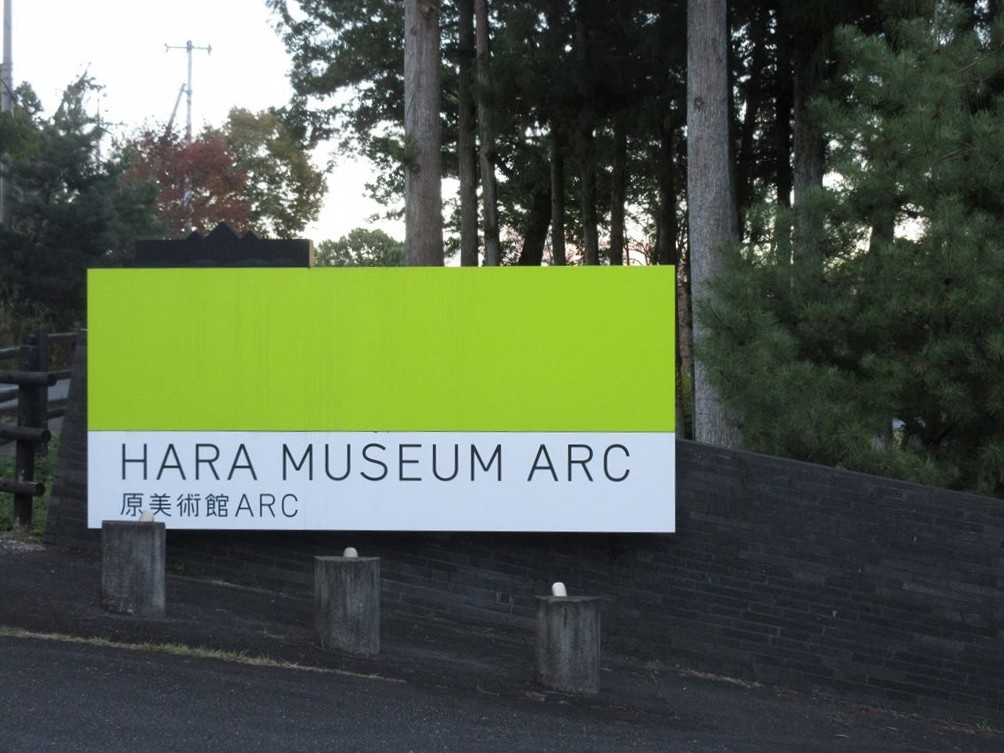
The art museum, on a plateau at the foot of a mountain, falls into the category of a suburban or natural art museum. It opened in 1988. Three contemporary art museums in Tokyo, the “Tokyo Museum of Contemporary Art”, the “Mori Art Museum”, and the “New Art Museum”, still not opened. In that sense, the Hara Museum and Hara Museum ARC is the art museum that have made a significant contribution to the spread of contemporary art.
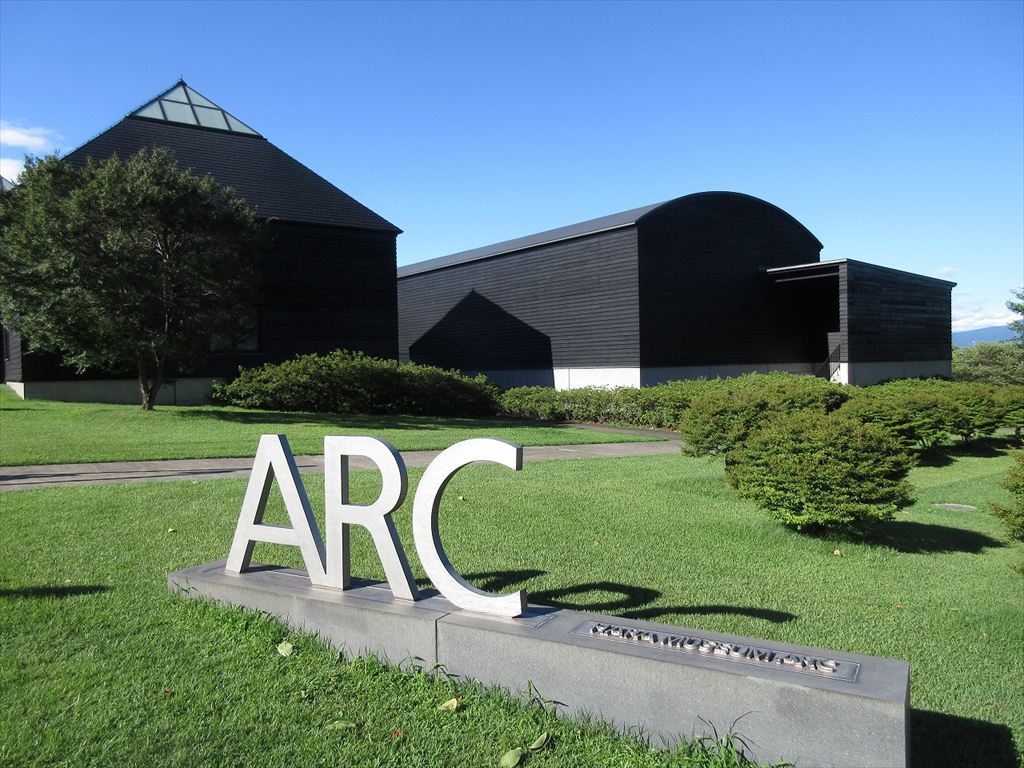
The Hara Museum in Shinagawa skillfully arranged modern artworks in the limited space of a Western-style building. It must have many fans. Also, the cafe facing the courtyard was a space unlike any other in the city, and I am sure many people visited.
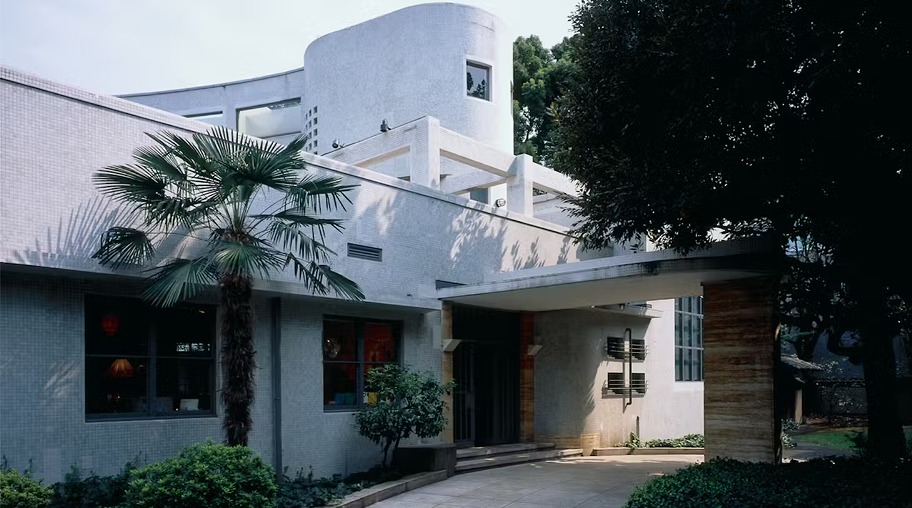
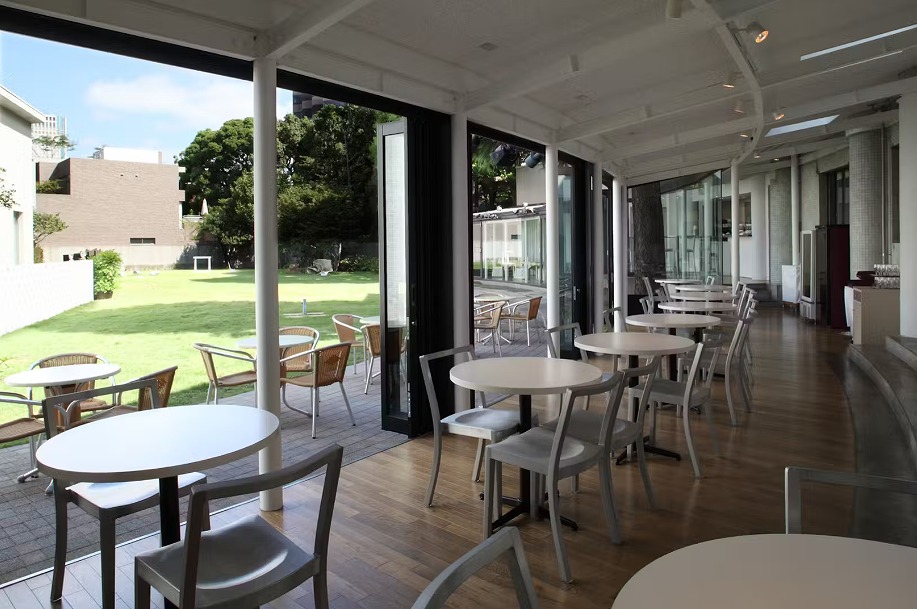
The Hara Museum ARC is one-story, warehouse-shaped building on a vast site. Basically visiting by car. When try to enter the site by car, temporarily stop at the side of small entrance box, get off the car, buy a ticket, and park your car in the parking lot in the back. The building is black painted, creating a beautiful contrast with the green grass surrounding. When the weather is nice, the view of the mountains to the north of the museum and the plateau spreading out is spelendid.

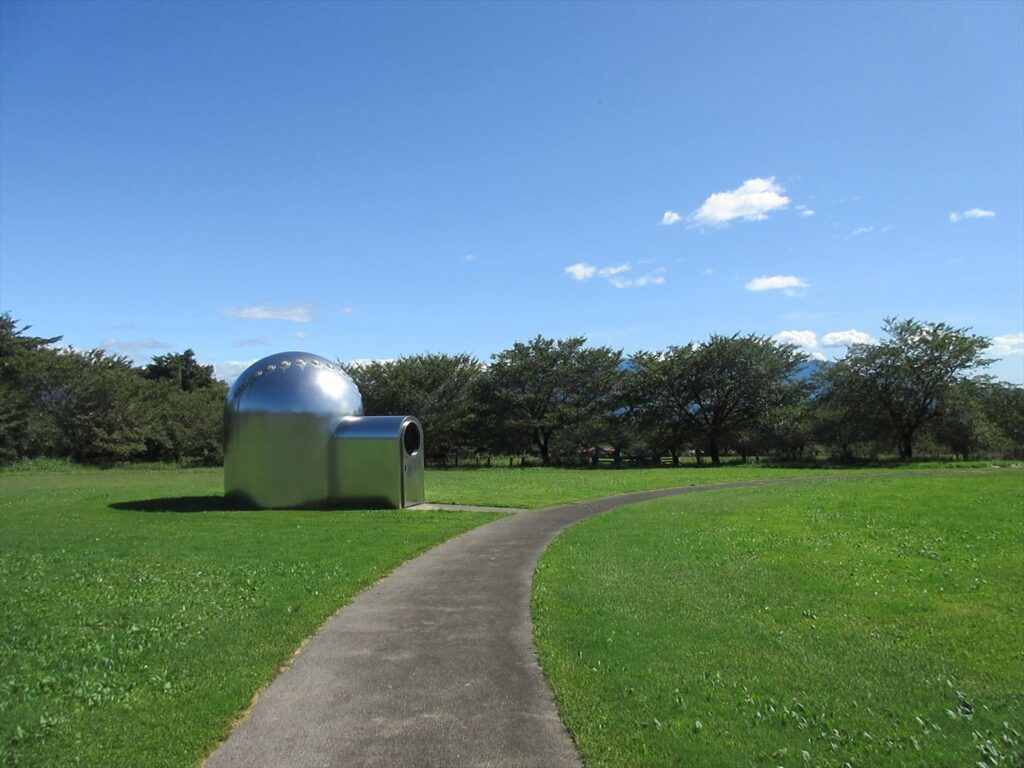
The building consists of four rooms. Three rooms are for contemporary art, and the remaining one is for oriental art. Contemporary art comprised mainly of famous works from Japan and abroad. Lichtenstein, Warhol, Jasper Johns, Yayoi Kusama, Tatsuo Miyajima, etc. Active artist from the 1950s to the 1960s stand out.
At the collection exhibition in 2021, I noticed that some works that had exhibited at the Hara Museum relocated. At the Hara Museum in Shinagawa, Tatsuo Miyajima’s “Chain of Time”, which had exhibited in a place that was easy to miss near the stairs leading to the second floor, newly displayed in a special space inside the exhibition room.
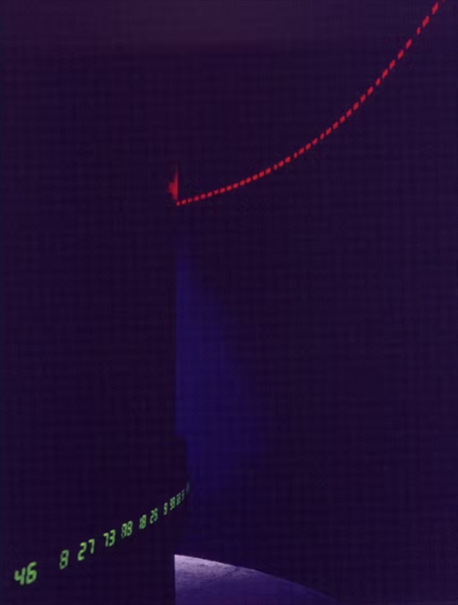
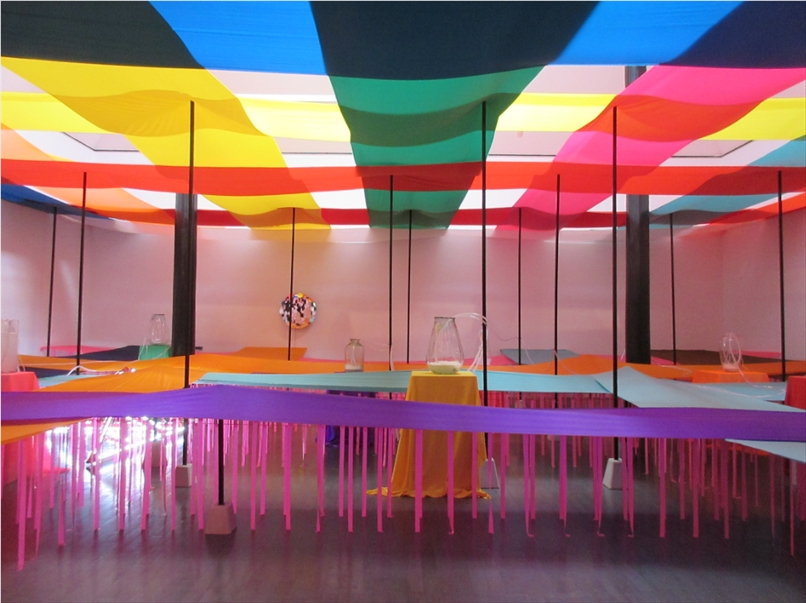
When looking at the works on display, I feel a sense of deep knowledge and commitment to contemporary art. Highlight of this museum is another room devoted to oriental art. A room called “Kankai-An”, located a little away from the room where contemporary art exhibites.
This is a space where Oriental art exhibited, including folding screens and picture scrolls. When no one is in the room, it is a quiet and calming place. In the 2021 exhibition, among the works of Oriental art, works by Mark Rothko and Hiroshi Sugimoto exhibited. This sense of feeling is amazing.
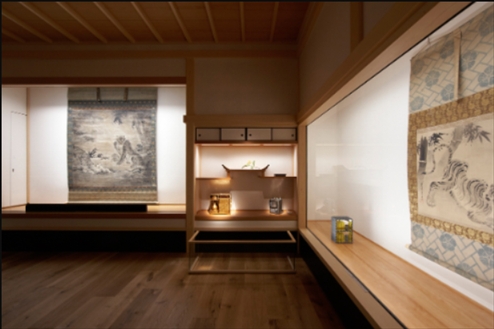
The way from the three rooms where contemporary works display to the Kankai-An room is a connecting corridor. On this point, I can see the vast grounds and the mountain range and foothills behind it, which are spectacular. I have never seen a contemporary art museum in a place with such an open feeling.
There are also installation works scattered around the outdoor grounds, making it fun to stroll around. If you want to experience a different atmosphere from the city art museums, I highly recommend you to find time to visit.
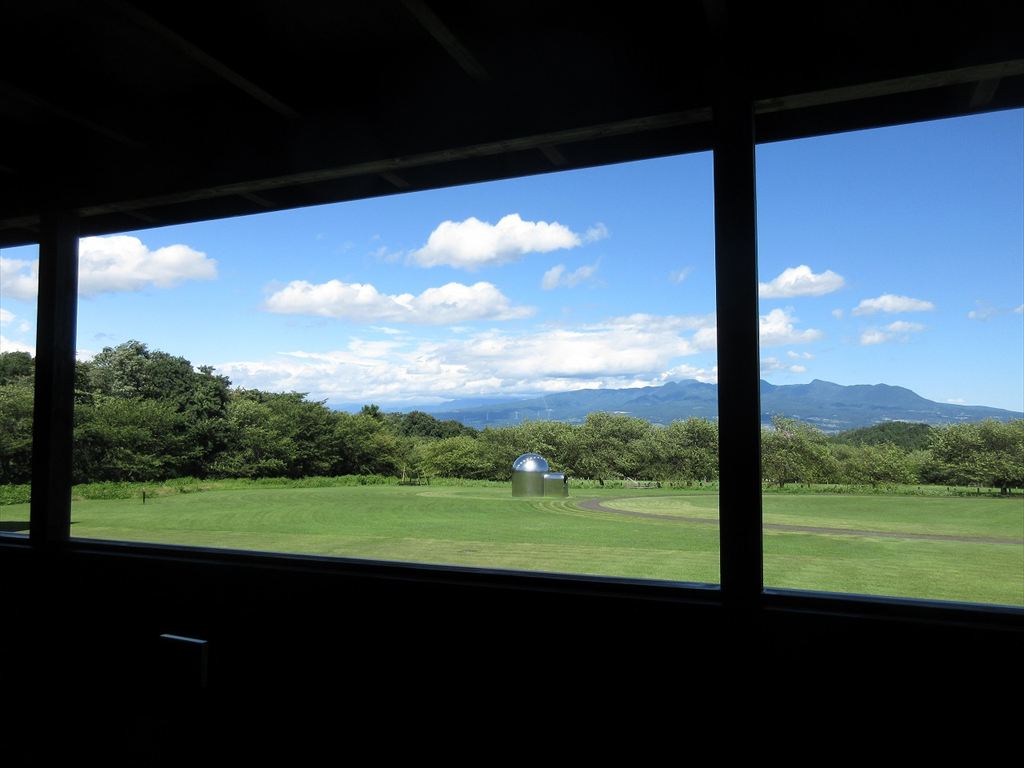

Please note that taking photos indoors prohibited. Considering the current situation where the concept of copyright is becoming vague, I think it would be a good idea to lift the ban. By the way, I did not see any books about the museum’s works in the shop, so I feel that the intention of prohibiting photography is not clear.
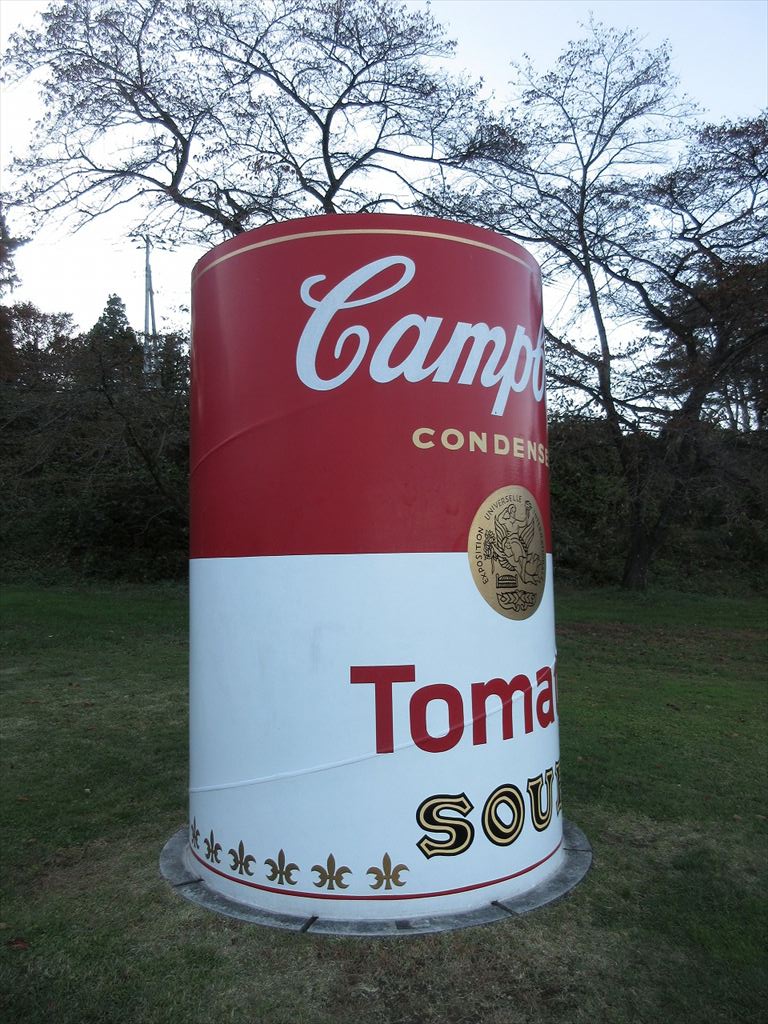
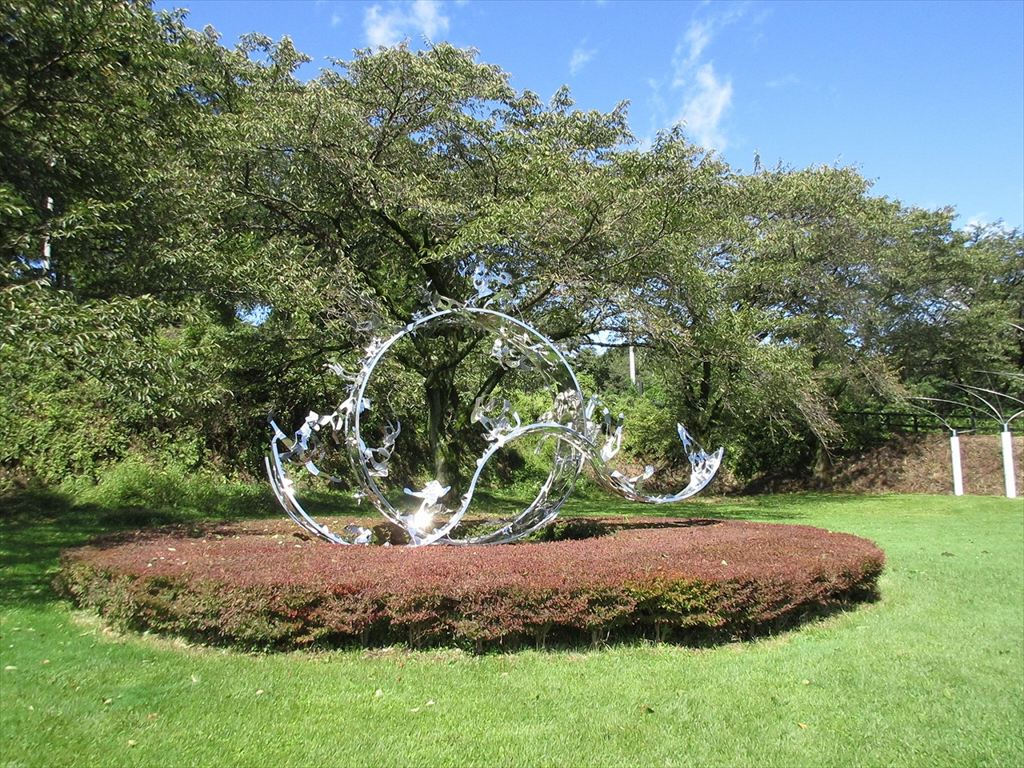
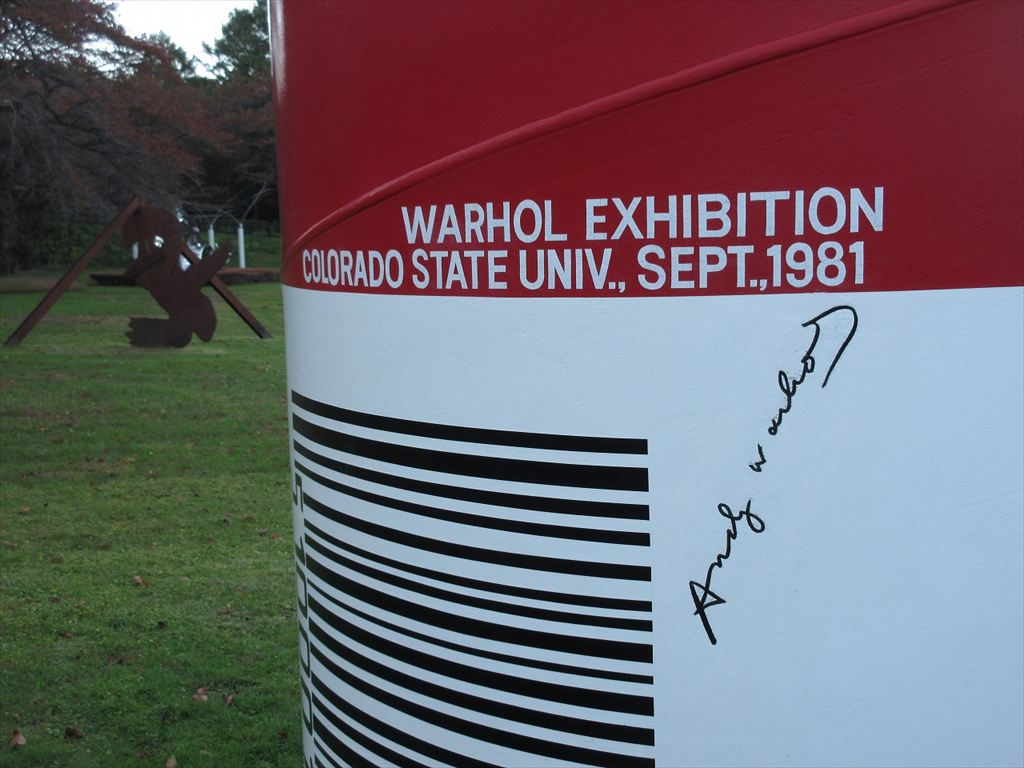
Visited in 2017 and 2021.
Basic Information
■ Name : Hara Museum ARC
■ Address : 2855-1 Kanai Shibukawa-shi, Gunma 377-0027
■ Homepage:https://www.haramuseum.or.jp/en/arc/